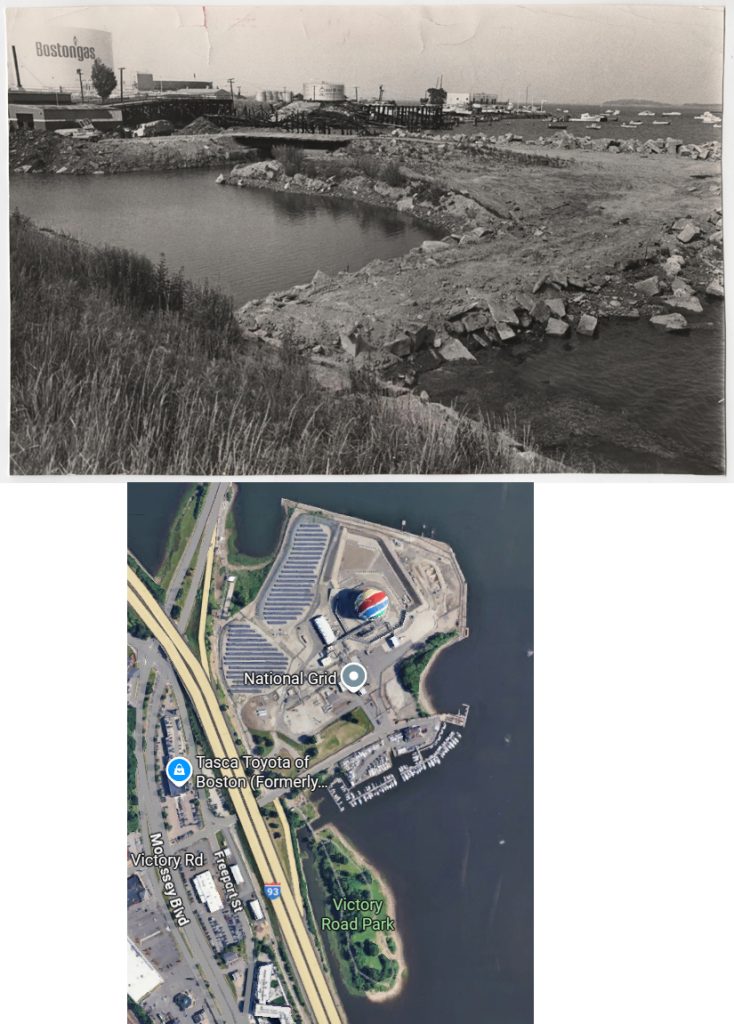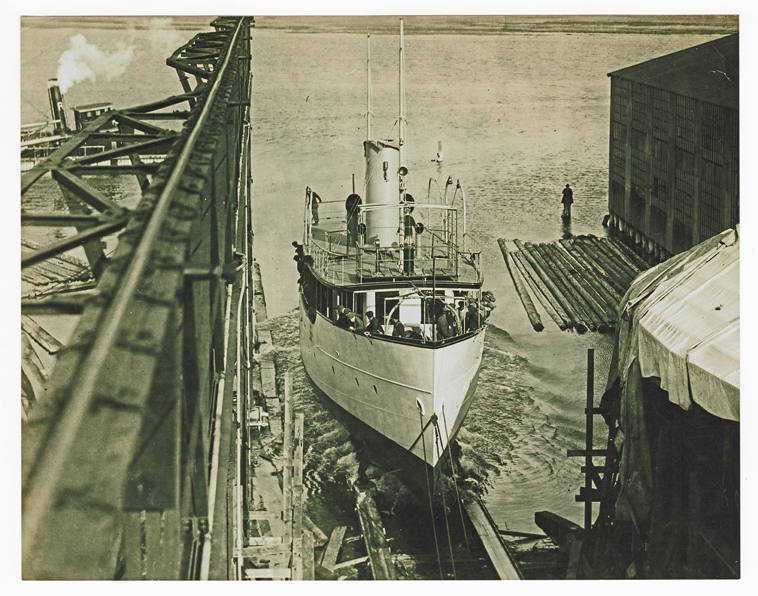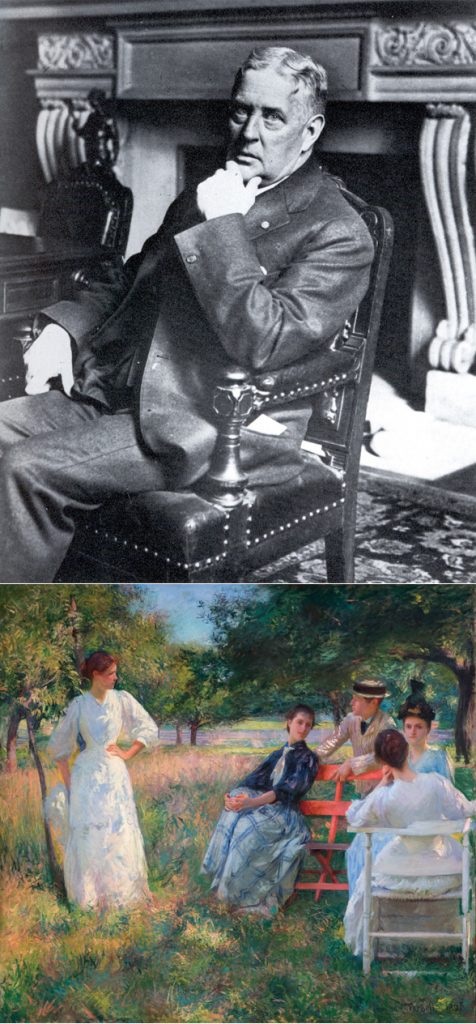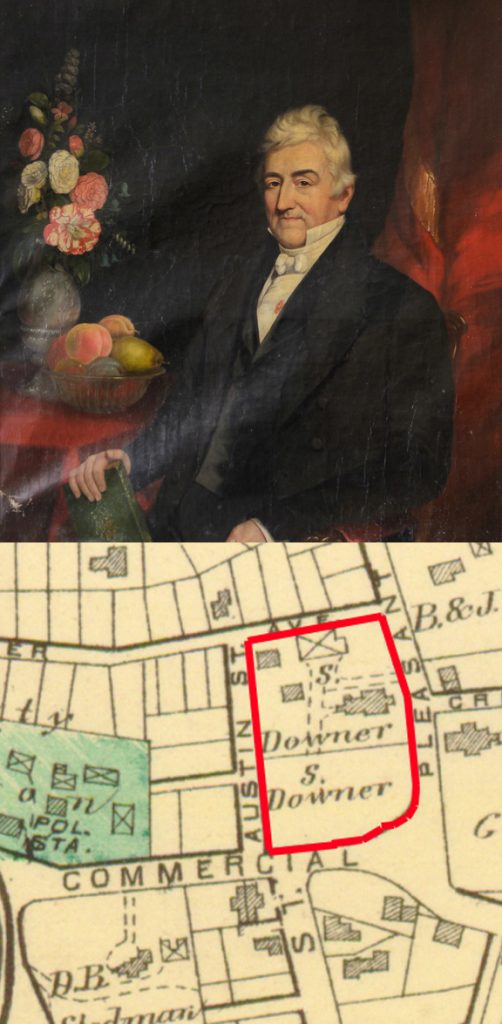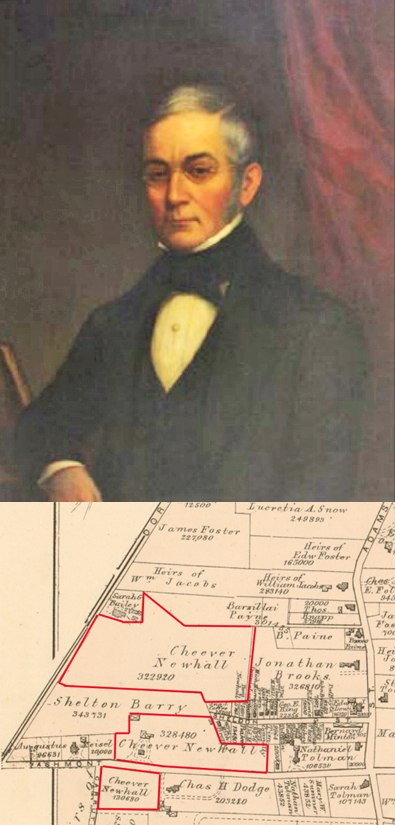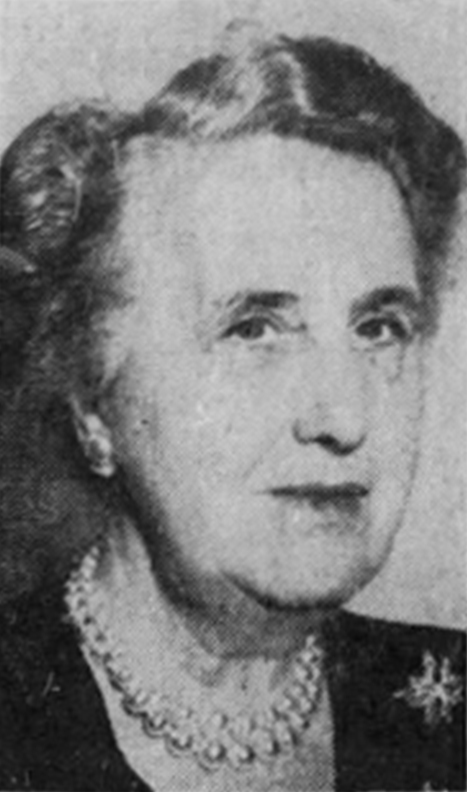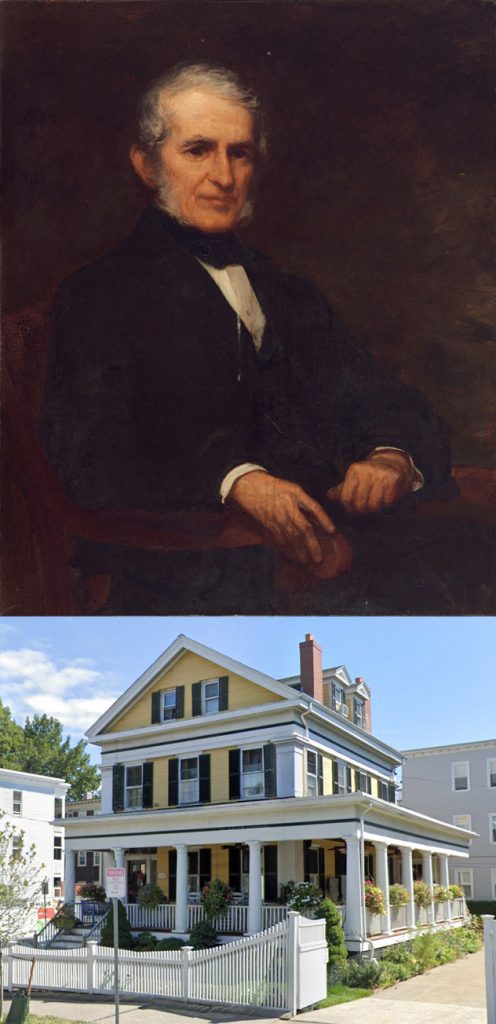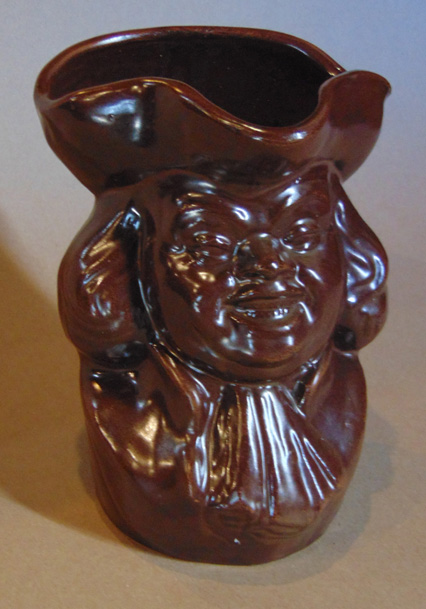
The Dorchester Pottery opened in Dorchester in 1896 and closed in the early 1970s. They called themselves the only stoneware pottery in New England. Wikipedia says that stoneware is a “broad class of pottery fired at a relatively high temperature, to be impervious to water. A modern definition is a vitreous or semi-vitreous ceramic made primarily from stoneware clay or non-refractory fire clay.”
The company began manufacturing agricultural items such as drinking dishes for animals. They manufactured industrial items such as dipping baskets and mixing tanks for the production of jewelry. Stoneware does not react to the acids used in the manufacture of jewelry; whereas metal would erode quickly. As automobiles became popular, the pottery produced a stoneware foot warmer, which could also be used as a bed warmer. These were just hot water bottles made of stoneware. In the 1920s and 30s, the company began to make decorative tableware, and these items have become quite collectible.
Today’s illustration shows a character jug. Character jugs are an offshoot of the Toby jugs. The origin of the name Toby jug, we don’t know, but the jug is definitely related to the drinking of ale. Toby jugs are made in the shape of the full body of a person, most often seated, character jugs are only the head or head and shoulders of a person. Character jugs are valued for their originality of design, although most of them depict a character from the 18th or 19th century. The color brown was used only occasionally by the Dorchester Pottery, so the item in the illustration is fairly rare. The same design was produced in yellow.
The Dorchester Historical Society has a large collection of Dorchester Pottery at the William Clapp House. The Society’s houses are open on the third Sunday of each month. This year the Dorchester Historical Society’s holiday party will take place on the second Sunday in December, and that will serve as the open day for December.

